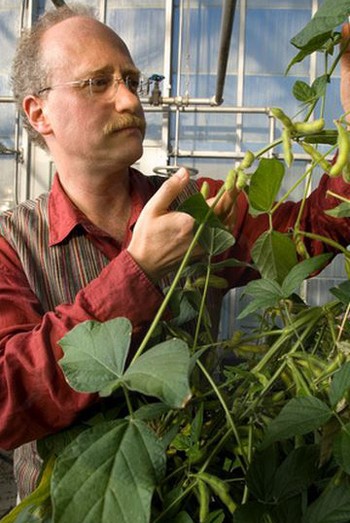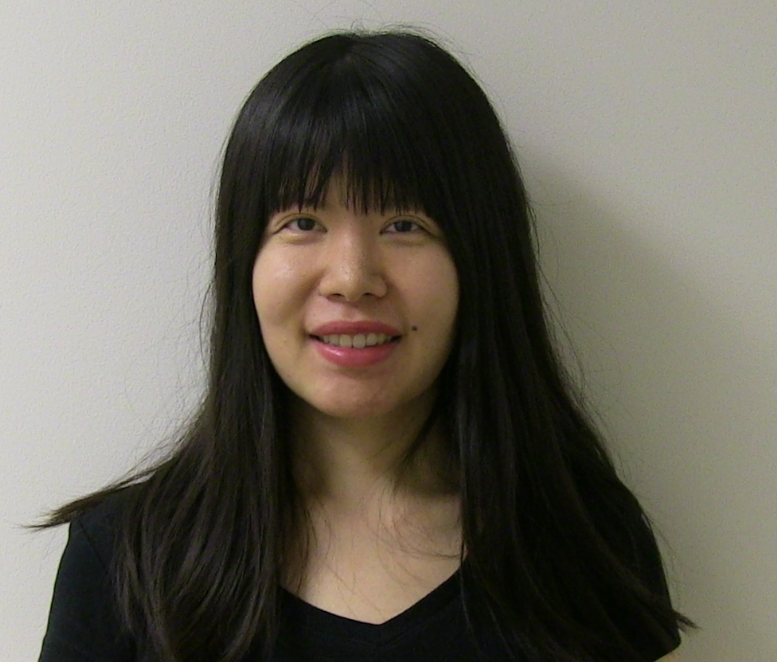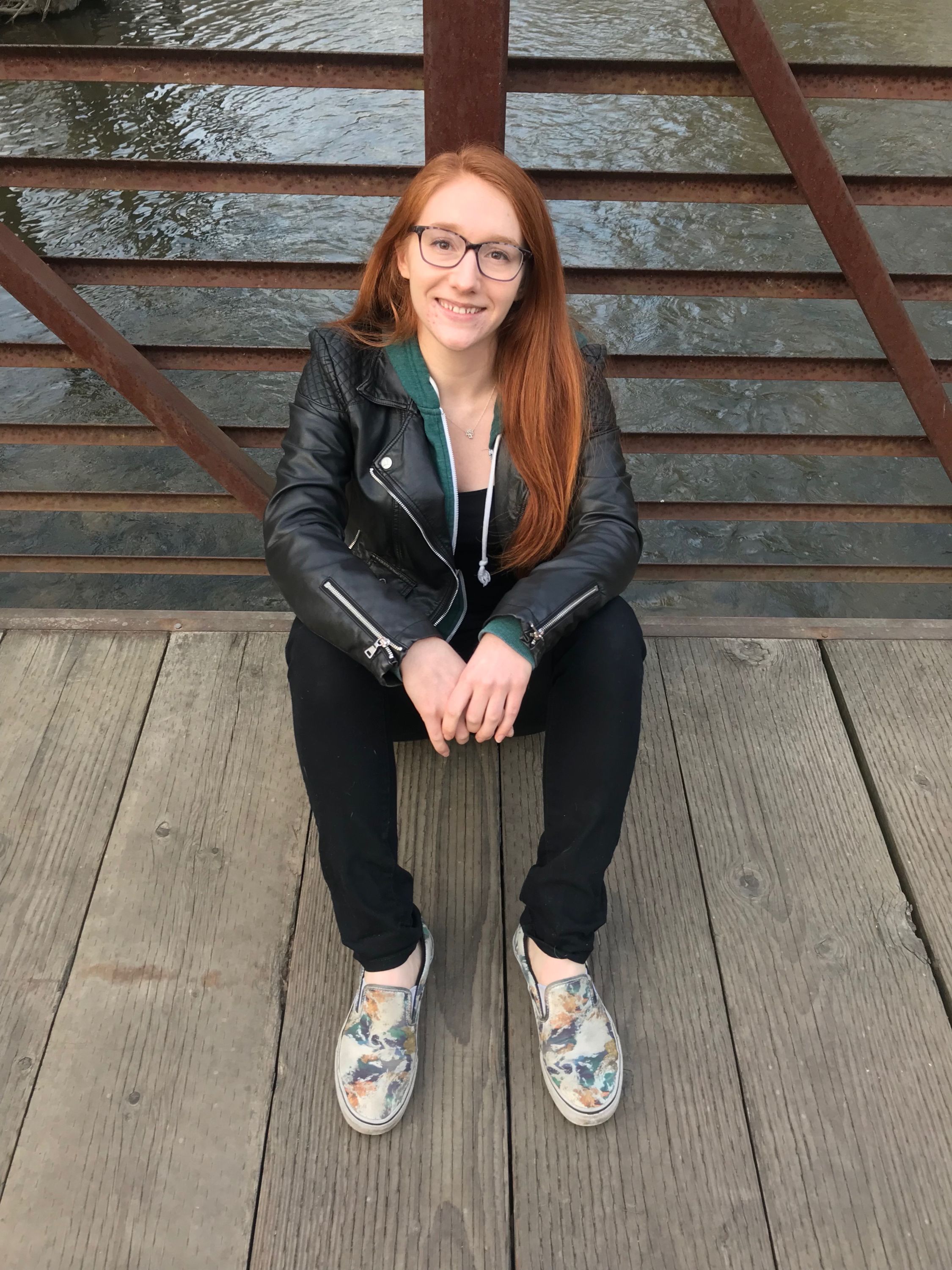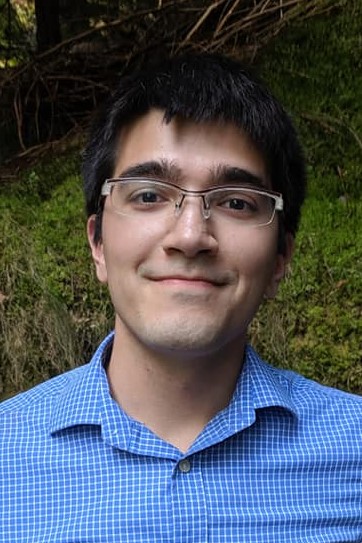People
Dr. Yair Shachar-Hill (Fearless leader)

Dr. Mike Pollard (Research associate professor)
 My interests span the chemistry and biochemistry of plant natural products and lipids,
with emphasis on vegetable oil (triacylglycerol) and the lipid polymers cutin and
suberin. Although officially retired, I am still in the lab studying methods to improve
lipid acyl flux maps in seeds.
My interests span the chemistry and biochemistry of plant natural products and lipids,
with emphasis on vegetable oil (triacylglycerol) and the lipid polymers cutin and
suberin. Although officially retired, I am still in the lab studying methods to improve
lipid acyl flux maps in seeds.
Dr. Yuan Xu (Post-doctoral research associate)
 The overall goal of my project is to substantially increase the yield of Camelina sativa by understanding and improving carbon fixation and utilization in seed production.
My research interest is to establish reliable tools for metabolite analysis and label
quantification so that we can better understand photosynthetic carbon metabolism in
leaves of wild type and transgenic Camelina plants.
The overall goal of my project is to substantially increase the yield of Camelina sativa by understanding and improving carbon fixation and utilization in seed production.
My research interest is to establish reliable tools for metabolite analysis and label
quantification so that we can better understand photosynthetic carbon metabolism in
leaves of wild type and transgenic Camelina plants.
DR. na pang (Research associate)
.jpg)
The research area I’m interested in is to understand lipid metabolism of Camelina sativa and microalga Chlamydomonas reinhardtii through tracking and analyzing kinetic metabolic flux with isotopic labeling. My
goal is to establish reliable models of lipid metabolism with better understanding
of lipid flux road and increase lipid yield in wild type and transgenic Camelina and
Chlamydomonas. I enjoy anime, gym workout and outdoor activities like dancing, hiking,
skiing, and road cycling after work.
Shawna Rowe (Ph.D. student)
 I am interested in the evolution of symbiotic associations and the exchange of resources
between intimately associated symbionts. I study nutrient exchange between the model legume Medicago truncatula and arbuscular mycorrhizal fungi (AMF). AMF are an exciting system to study due to their ability to mobilize nutrients from
soil environments and protect against some environmental stressors. AMF associate
with the vast majority of terrestrial plants and improving our understanding of this
system could prove to be widely beneficial. Specifically, I hope to develop an improved
understanding of nitrogen uptake and transfer in this symbiotic association. I also
enjoy teaching and volunteering my time with the graduate union in East Lansing. When
I am not working, I enjoy hiking, reading, and traveling.
I am interested in the evolution of symbiotic associations and the exchange of resources
between intimately associated symbionts. I study nutrient exchange between the model legume Medicago truncatula and arbuscular mycorrhizal fungi (AMF). AMF are an exciting system to study due to their ability to mobilize nutrients from
soil environments and protect against some environmental stressors. AMF associate
with the vast majority of terrestrial plants and improving our understanding of this
system could prove to be widely beneficial. Specifically, I hope to develop an improved
understanding of nitrogen uptake and transfer in this symbiotic association. I also
enjoy teaching and volunteering my time with the graduate union in East Lansing. When
I am not working, I enjoy hiking, reading, and traveling.
Danielle Young (Ph.D. student)
 I am interested in the lipid metabolism of a model microalga called Chlamydomonas reinhardtii. Algae can accumulate oil under stress conditions, primarily the neutral lipid TAG,
and this oil can be converted into biodiesel fuel. There is much interest in unraveling
the oil biosynthesis pathways of algae, and my research focuses on elucidating the
lipids that contribute to TAG synthesis during nutrient stress, as well as the fate
of the carbon in TAG during recovery from nutrient stress. I use isotopic labeling
and physiological measurements to trace the fluxes of lipids in Chlamydomonas under
nutrient stress and nutrient recovery to probe these questions. When I'm not in the
lab, I enjoy playing board games and spending time with my wonderful dog Zotie.
I am interested in the lipid metabolism of a model microalga called Chlamydomonas reinhardtii. Algae can accumulate oil under stress conditions, primarily the neutral lipid TAG,
and this oil can be converted into biodiesel fuel. There is much interest in unraveling
the oil biosynthesis pathways of algae, and my research focuses on elucidating the
lipids that contribute to TAG synthesis during nutrient stress, as well as the fate
of the carbon in TAG during recovery from nutrient stress. I use isotopic labeling
and physiological measurements to trace the fluxes of lipids in Chlamydomonas under
nutrient stress and nutrient recovery to probe these questions. When I'm not in the
lab, I enjoy playing board games and spending time with my wonderful dog Zotie.
Joshua Kaste (Ph.D. student)
 My research centers on improving our ability to describe and predict the flow of energy
and matter through photosynthetic genome-scale metabolic networks using computational
techniques like Flux Balance Analysis (FBA). In particular, I aim to develop improved
methods for the construction and analysis of multi-tissue metabolic models that allow
us to ask and answer questions about resource allocation in plants, with a special
focus on the oilseed crop Camelina sativa. The ultimate goal of this work is to discover promising new targets for the biotechnological
engineering of C. sativa and other plant systems to address challenges around health and sustainability. In
addition to my primary research project, I have collaborated with other labs on the
application of metabolic modeling techniques to identify gene knockout strategies
to accomplish specific bioengineering objectives, as well as on the modeling and quantitative
analysis of metabolite labeling data to probe the limitations of current models of
photosynthetic biochemistry.
My research centers on improving our ability to describe and predict the flow of energy
and matter through photosynthetic genome-scale metabolic networks using computational
techniques like Flux Balance Analysis (FBA). In particular, I aim to develop improved
methods for the construction and analysis of multi-tissue metabolic models that allow
us to ask and answer questions about resource allocation in plants, with a special
focus on the oilseed crop Camelina sativa. The ultimate goal of this work is to discover promising new targets for the biotechnological
engineering of C. sativa and other plant systems to address challenges around health and sustainability. In
addition to my primary research project, I have collaborated with other labs on the
application of metabolic modeling techniques to identify gene knockout strategies
to accomplish specific bioengineering objectives, as well as on the modeling and quantitative
analysis of metabolite labeling data to probe the limitations of current models of
photosynthetic biochemistry.
In my free time, I enjoy reading and thinking about other areas of science, spending
time with my pets, and playing board games and video games. (Publications)
Peter Koroma (Undergraduate researcher)
.jpeg) My name is Peter Koroma, an international student from Sierra Leone, West Africa.
I am a sophomore majoring in Biochemistry and Molecular Biology. I have an endearment
for everything science, with a vision of becoming a neurosurgeon. I am currently exploring
the research world, working on the physiology and biochemistry of the Camelina sativa
plant. Besides science, I also enjoy tutoring and sports; specifically watching and
playing basketball, soccer and football.
My name is Peter Koroma, an international student from Sierra Leone, West Africa.
I am a sophomore majoring in Biochemistry and Molecular Biology. I have an endearment
for everything science, with a vision of becoming a neurosurgeon. I am currently exploring
the research world, working on the physiology and biochemistry of the Camelina sativa
plant. Besides science, I also enjoy tutoring and sports; specifically watching and
playing basketball, soccer and football.